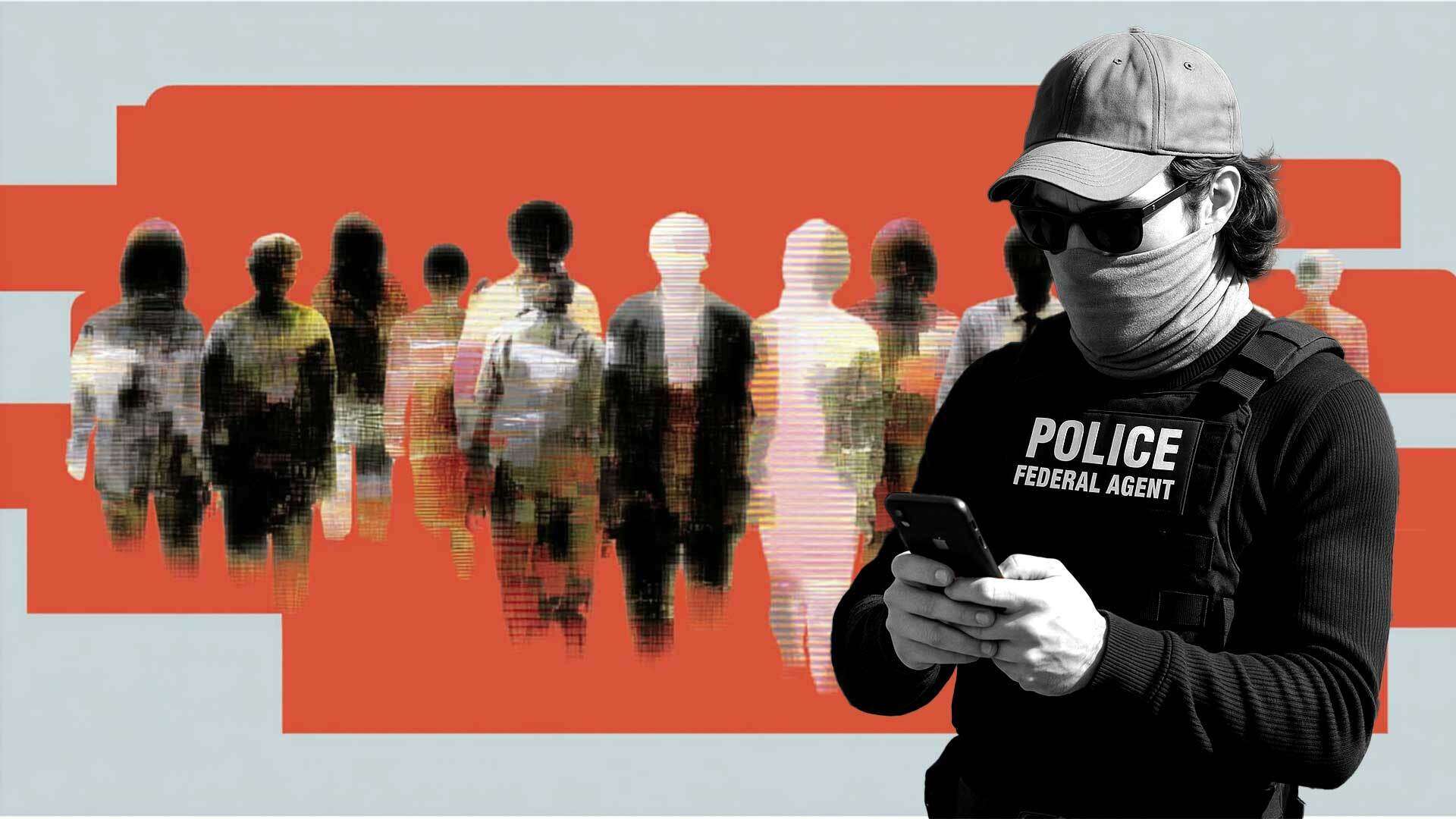How DHS Facial Recognition Tech Spread to ICE Enforcement
3 minute readPublished: Friday, June 27, 2025 at 7:00 pm

ICE Expands Use of Facial Recognition Technology for Enforcement
Immigration and Customs Enforcement (ICE) is utilizing a smartphone app, Mobile Fortify, to identify individuals based on facial recognition and fingerprint analysis, according to a report by 404 Media. The technology, originally developed by the Department of Homeland Security (DHS) for border control, is now being deployed within the United States to support mass deportation and arrest quotas.
Mobile Fortify allows ICE agents to verify a person's identity in the field using contactless fingerprints and facial images. The app compares these images against two databases: the Customs and Border Protection's (CBP) Traveler Verification Service and the Seizure and Apprehension Workflow, a DHS "intelligence aggregator." For fingerprint matching, the app utilizes DHS's Automated Biometric Identification System, which houses over 320 million unique identities.
This expansion of facial recognition technology raises significant concerns. Critics, including the American Civil Liberties Union, have highlighted the technology's unreliability, potential for false matches, and the lack of congressional authorization for its use in this manner. The U.S. Commission on Civil Rights has also expressed concerns about accuracy, oversight, transparency, discrimination, and access to justice related to the proliferation of facial recognition tools.
Furthermore, ICE's use of facial recognition extends beyond Mobile Fortify. The agency has contracted with Clearview for facial recognition software and extended a contract with Palantir to build a system for locating individuals flagged for deportation. ICE agents have also gained access to a nationwide database of automatic license plate readers provided by Flock Safety, despite the absence of a formal contract.
These developments raise broader civil liberty concerns, impacting not only migrants but also all Americans. Experts warn that the technology's inherent inaccuracies could lead to wrongful arrests and detentions, particularly given the potential for misuse and the absence of comprehensive regulations governing the federal government's use of facial recognition technology.
BNN's Perspective: While the use of technology to enhance law enforcement capabilities can be beneficial, the expansion of facial recognition by ICE raises legitimate concerns about privacy, accuracy, and potential for abuse. A balanced approach is needed, one that prioritizes both national security and the protection of civil liberties. Clear guidelines, robust oversight, and public transparency are essential to ensure that this technology is used responsibly and does not disproportionately impact vulnerable populations.
Keywords: ICE, facial recognition, Mobile Fortify, DHS, immigration, enforcement, deportation, arrests, biometrics, privacy, civil liberties, surveillance, technology, Clearview, Palantir, Flock Safety, Automated Biometric Identification System, CBP, Traveler Verification Service, Seizure and Apprehension Workflow.